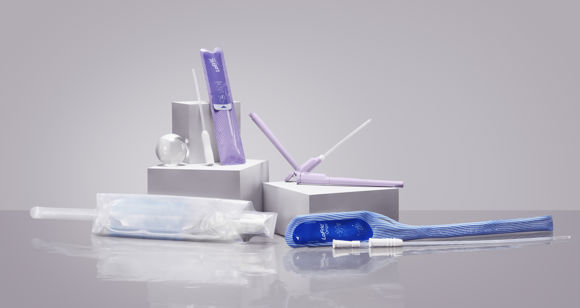
Different Ways to Catheterize
Unless you need to start using a catheter, it is unlikely that you would know much about it. At first, it may seem scary, difficult, and intimidating. However, as soon as you learn the technique, using a catheter becomes a habit like any other daily routine.
What is a Catheter?
A catheter is a thin tube often made of soft plastic material that can be inserted into the bladder via the urethra. Catheters are referred to as medical devices and are prescribed by healthcare professionals.
Why is it Needed?
A urinary catheter is used to drain the urinary bladder when it cannot be emptied normally. This process is called catheterization and can be necessary after several different occasions. The most known is after surgery or during hospitalization. However, it is also used as a daily habit for many people with a dysfunctional bladder caused by another diagnosis, like a spinal cord injury, spina bifida, Multiple Sclerosis (MS), Parkinson's disease, diabetes, stroke, or pelvic floor dysfunction (e.g. women after menopause with incontinence).
There are a few different types of urinary catheters and the choice is important for optimal outcomes:
Indwelling Catheter
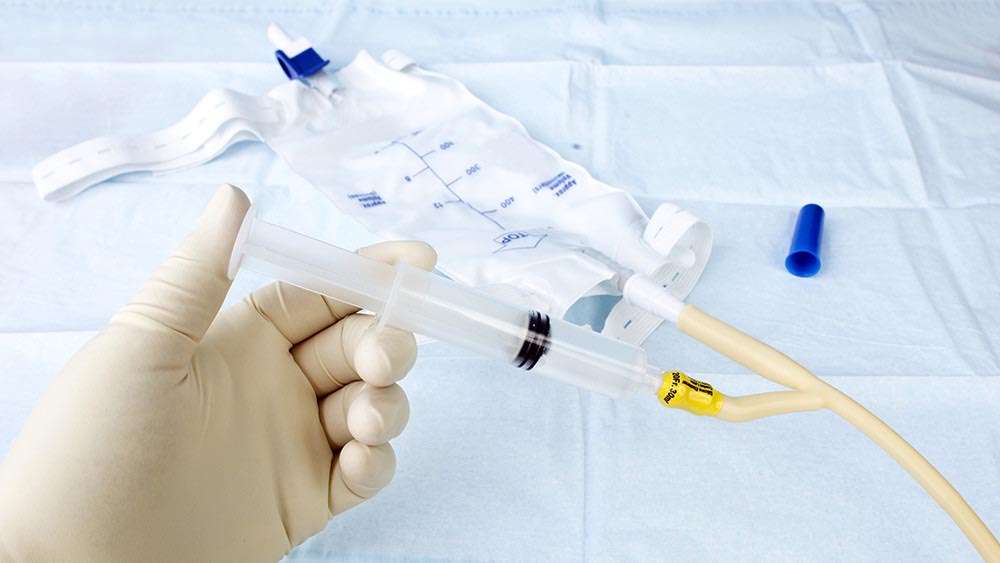
An indwelling catheter is a catheter that stays inside the body for a longer period, and there are two types. A urethral indwelling catheter is a catheter inserted through the urethra into the bladder, while a suprapubic indwelling catheter is inserted through the stomach directly into the bladder. Indwelling catheters are inserted by healthcare professionals and left inside the body for as long as they are needed. For long-term use, they are often changed every or every second month. Having something inside the body for this amount of time increases the risk of infection.
Intermittent Catheters
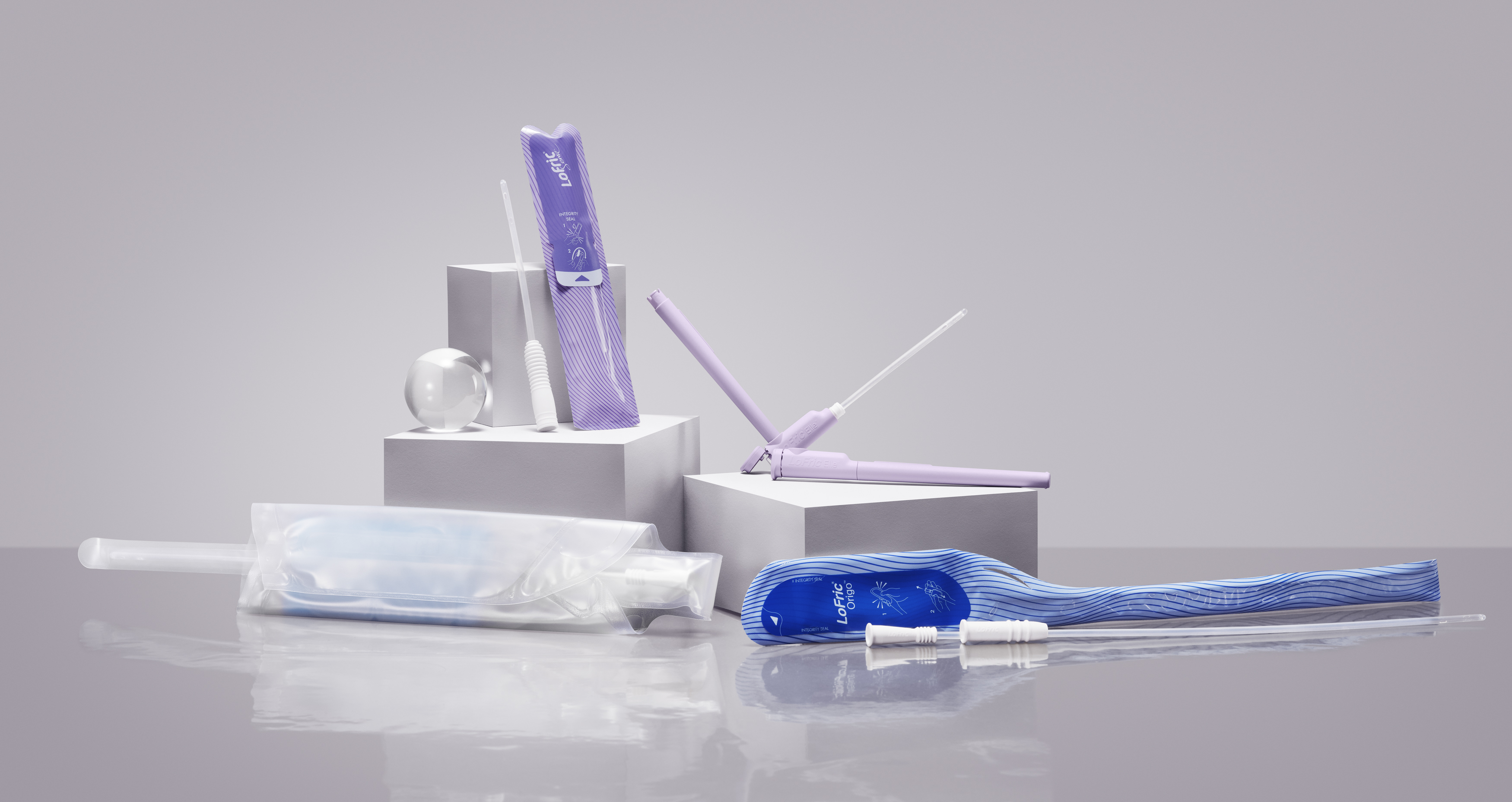
An intermittent catheter is inserted into the urethra on demand to empty the bladder, and then removed again as soon as the bladder is empty. Users are taught how to catheterize themselves, and it is a straightforward technique that can be performed by most people.
Even children as young as seven or eight years old can be taught how to catheterize themselves, and by using aids, people with reduced hand function can practice it as well.
Catheterization is undertaken roughly at the same intervals as you would normally go to the toilet, about 4-6 times a day.
Non-hydrophilic Catheters vs Hydrophilic Catheters
There are two major types of intermittent urinary catheters: Non-hydrophilic catheters, which are uncoated catheters, and hydrophilic intermittent catheters which are coated with a slippery surface to maintain low friction during both insertion and withdrawal, therefore helping avoid complications.
Which Catheter Should I Use?
Intermittent catheterization (IC) is the preferable method to empty the bladder when you can’t urinate naturally. It is safe in the short, mid, and long term, minimizing common risks such as urinary tract infections (UTIs), strictures, bladder stone complications, and upper urinary tract deterioration.
Intermittent catheterization is closest to natural urination and gives the user control and freedom. For short-term users, intermittent catheterization gives a faster recovery and return to normal voiding (emptying of the bladder) after surgery.
Of the different types of intermittent catheters, evidence shows that hydrophilic single-use catheters are best at reducing the risk of complications.
LoFric Elle - Female
key:global.content-type: Product
The angle changes everything. This is the new way for women to self-catheterize. LoFric Elle is an innovative solution, easy to learn, use and teach.
Request sample
LoFric Origo - Male
key:global.content-type: Product
User-friendly and safe in a smart package. Specially developed for men, LoFric Origo is foldable to pocket size and easy to carry and use everywhere.
Request sample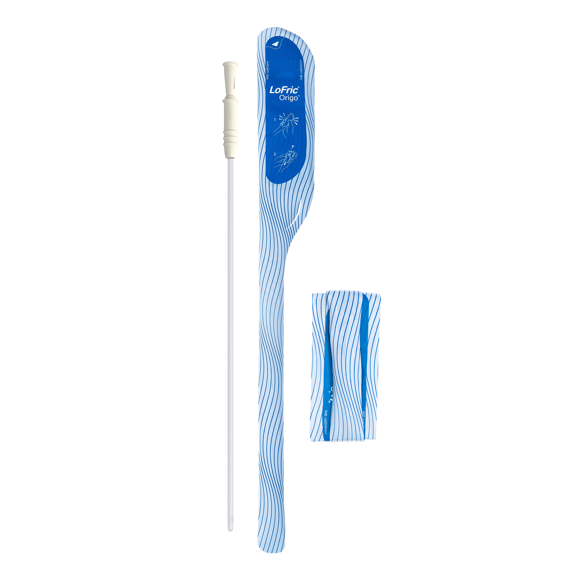
LoFric Sense
key:global.content-type: Product
Tailor-made for women’s needs. LoFric Sense is small and discreet, yet still long enough for complete bladder emptying.
Request sample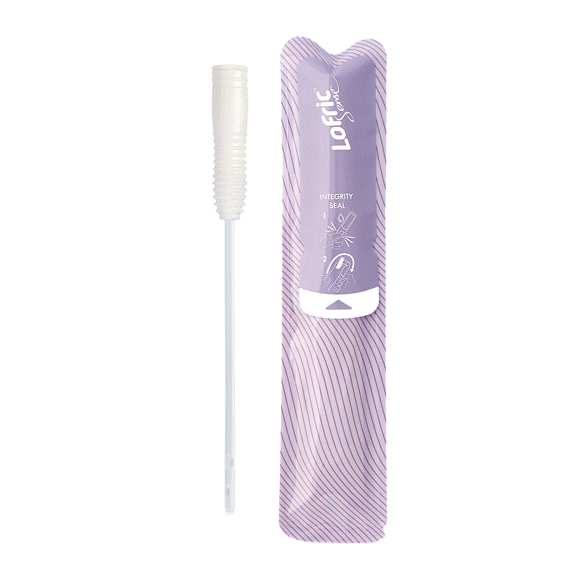
How to Choose the Right Catheter
When you're new to catheterization, it makes sense to know what makes one catheter more right for you than another. Here we explore how to choose the right catheter for you.

Intermittent Catheterization (IC)
Intermittent Catheterization (IC) is the next best way to urinate, the way that mostly mimics the natural way of urinating. In this section you can watch animations to understand the whole procedure of IC, download catheterization instructions and more.

Bladder Products
LoFric is a complete solution for short- and long-term bladder management. Based on the unique Urotonic Surface Technology, LoFric enables intermittent catheterization in a safe and user-friendly way.
